

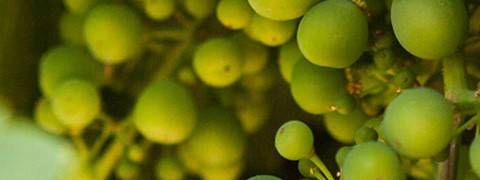

Everyone knows Cabernet Sauvignon and Zinfandel, but the silent star in our portfolio of wines, and on the radar of wine drinkers, is Petite Sirah – commonly a blending grape. Big, bold, and structured, the Petite Sirah is a grape truly unlike any other with memorable flavors and characteristics. We believe it to be the Lodi region’s hidden gem.
Petite Sirah is a grape varietal that dates back to France, specifically the mid-1800s. It is a cross between Syrah and Peloursin grapes. Largely unknown, Petite Sirah is commonly called “Durif,” in other regions and can be found under that name in places such as Israel, France, and Australia. The grape was brought to the U.S. by Charles McIver in the mid-1800s, and thus was born, what we now know as, “Petite Sirah.”
Today, Petite Sirah is still considered to a be a fairly rare grape. There are nearly 12,000 acres of Petite Sirah planted in California, making up a majority of the worldwide production. In comparison, there are approximately 94,000 acres of Cabernet Sauvignon and 92,000 acres of Chardonnay grapes planted in California alone (2020 CDFA Grape Acreage Report). Although Petite Sirah is rare, its popularity is growing. With a deep, inky hue, and flavors of chocolate, blueberry, and pepper, the Petite Sirah is anything but “Petite.” It is known for being a bold and vibrant red varietal with high tannins, providing wine with great structure.

Lodi is one of the few places in the world where Petite Sirah not only grows, but thrives. With an abundance of sunlight, a cool Delta breeze at night, and a long growing season, the variety flourishes in our appellation.
Petite Sirah vineyards require a lot of attention. The grapes create a tight berry cluster that weighs heavy on the vines. They also require high water management and canopy management. It is important when farming the vineyard to balance the vine just enough for the canopy to grow the perfect amount of fruit. We must also watch the berries closely during wet conditions to maintain pristine fruit.
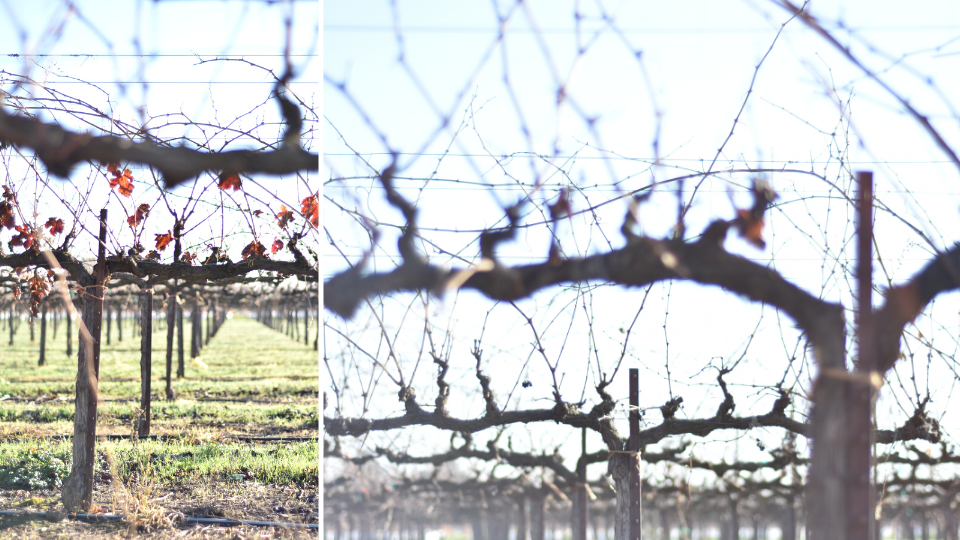
We have grown our Home Ranch Petite Sirah since 2001, and boy, oh boy have we learned a lot! It has been nothing short of challenging to understand and learn the sensitivities of the vines.
Nearly two decades ago, we planted our Petite Sirah as farmers. We wanted to diversify our portfolio, and we knew that Petite Sirah was a well-performing grape in the region, and truly a historical backbone to Lodi. A lot of winemakers, ourselves included, use Petite Sirah as a blending grape with Zinfandel to add beautiful color and tannic structure to the wine. We believe our Home Ranch Zinfandel is a testament to this statement.
Over time we have gained an understanding of the vines and the fruit, and are now unleashing the Petite Sirah’s true potential! With our years of experience producing this grape, we now realize that as the fruit matures, along with fruit flavor development and sugar accumulation, the tannins also ripen in the berry. The tannins progress from sharp and astringent to soft and supple. Our goal is to find the balance between these three components that will produce an exciting, approachable wine from the time of release.
Petite, meaning “little,” is just as you would imagine when it comes to the Petite Sirah grapes. While the flavors are bold and big, the skins are thick, but the berries themselves are very small. With this structure, the skin to juice ratio is higher than most grapes. The thick skin gives the wine a more potent color and structured tannins.
Traditionally known as a blending grape, Petite Sirah has been able to stand on its own within the Harney Lane profile thanks to the gentle ripening, extraction of the bold color, and subtle tannins. Our farming and winemaking team have learned over several vintages, how to soften the tannic structure in the wine and allow the fruit to come forward.
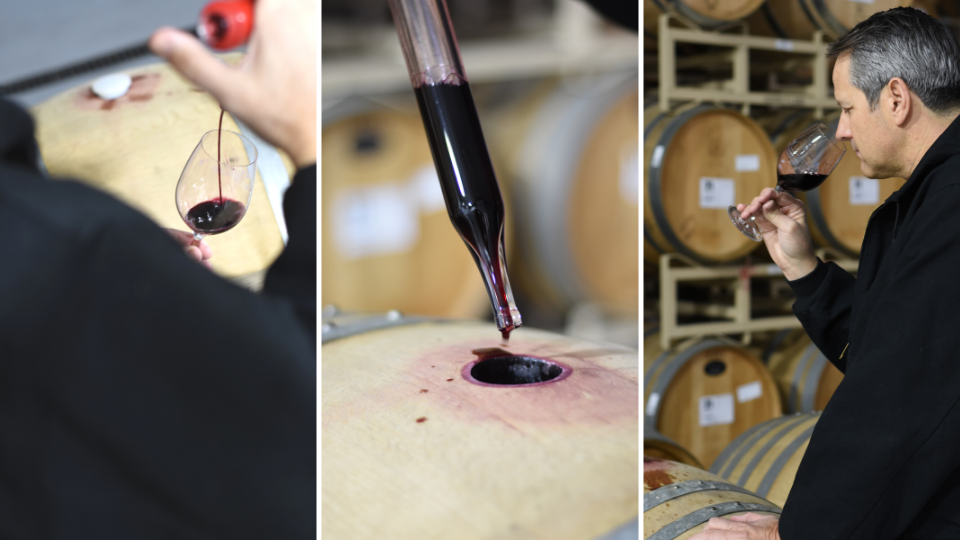
We age our Petite Sirah in American Oak for 16 months. With Petite Sirah being a bolder, more concentrated variety, it can hold up well to stronger flavors that are often accentuated by American oak. The jammy notes and berry flavors pair well with the components that American Oak can contribute. We believe our Petite Sirah is special for that reason, the fruit is balanced to perfection, and not overpowered by the tannic structure of the wine.
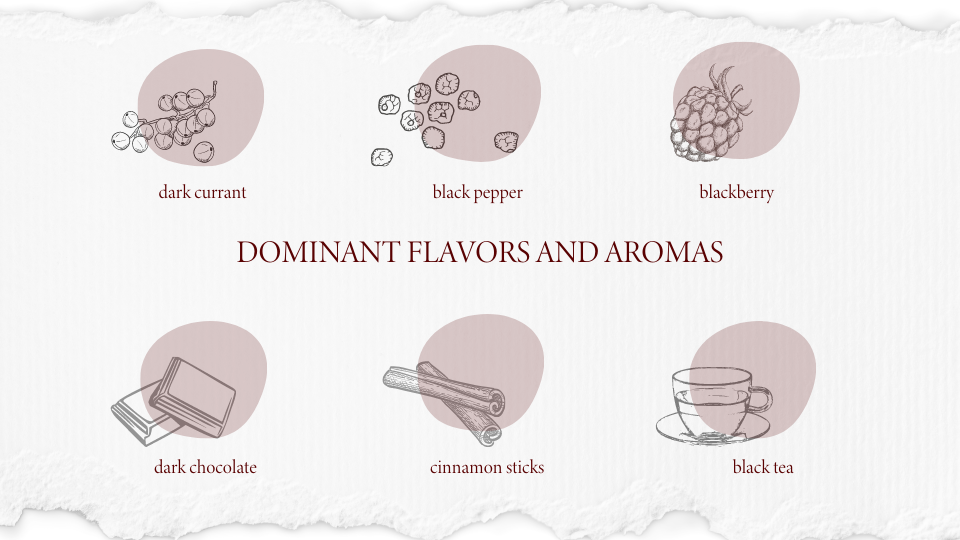
Pairing food with Petite Sirah is fun. Being such a bold, full-bodied, wine you can pair it with some delicious red meat, i.e. short rib stew, seared ribeye steaks, and tri-tip. For those Petite Sirah’s that aren’t quite as big on mouthfeel, you can pair it with a meat of lighter flavors, i.e. lamb, pork, paella. Once you have the staples down, you can get to creating. That’s the fun part!
Are you hungry yet? If you need some inspiration, look no further! We’ve partnered with Superman Cooks to create a dish that compliments our 2019 Home Ranch Petite Sirah just perfectly. Being that our Petite Sirah is nicely balanced and refined, braised pork tenderloin compliments the flavors and spices in this dish just perfectly.
This braised pork tenderloin dish is not overly complicated and easy to pop in the oven. It is perfect for a middle-of-the-week meal, or a recipe to pull out for entertaining. Both beautiful and simple, the red cabbage pairs wonderfully with the vibrant color of the Petite Sirah and brings out the silky, full-bodied characteristics of the wine.
Sirah to a peaceful evening in the kitchen and happy cooking!
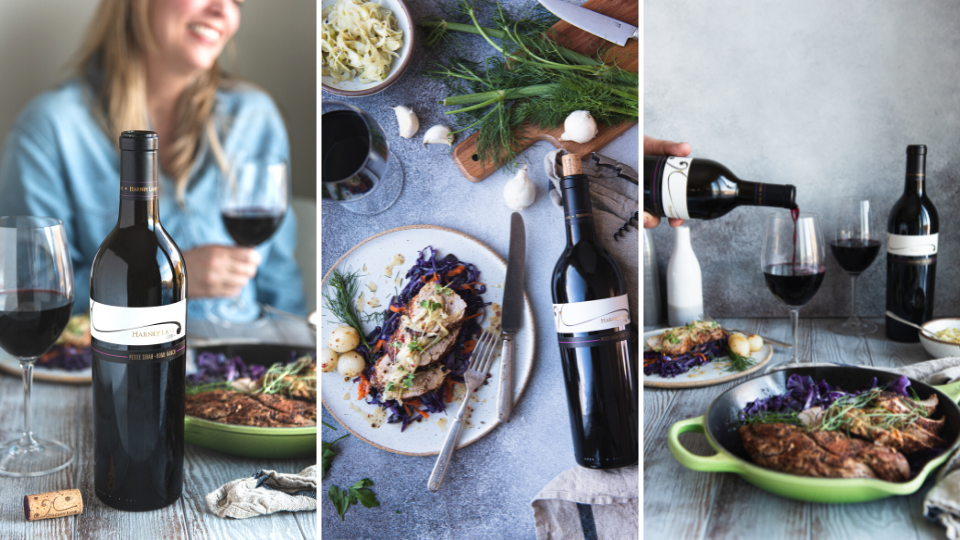
Braised Pork Tenderloin with Red Cabbage and Fennel
By: Superman Cooks
Ingredients:
2 pork tenderloins
1 head red cabbage
3 tbsp olive oil
10-12 pearl onions (raw)
2 C shredded fennel bulb
½ C white wine
2 tbsp berbere spice**
2 tsp garlic powder
2 tsp thyme
2 tsp black pepper
2 tsp kosher salt
*If you can’t find berbere spice, you can substitute with smoked paprika and add 2 teaspoons of white sugar
Instructions:
In a heavy bottom skillet or Dutch oven, heat olive oil up over medium-high heat.
Prepare tenderloins by patting them dry using a paper towel. Then mix all spices together in a small bowl.
Coat tenderloins very well using all of the spice mixture. Rub it in with your hands.
Place tenderloins in a pan and sear all sides until browned (about 6 minutes total), turning as needed.
Remove from pan and preheat oven to 350 degrees.
Shred red cabbage about ⅛” thick. Set aside.
Shred the fennel bulb as well and keep separated.
Peel the pearl onions.
Place cabbage on the button of pan and lay tenderloins on top of cabbage. Add white wine. Cover and place in oven for 15 minutes.
Remove cover. Add onions and fennel on top of tenderloin and return to oven for another 15-20 minutes.
Remove from oven and replace cover. Allow to sit for 10 minutes.
Place cabbage on the plate, slice tenderloin into ¼” thick slices and place on top of pork. Garnish with fennel and onions.
Top with fennel frills as a garnish.